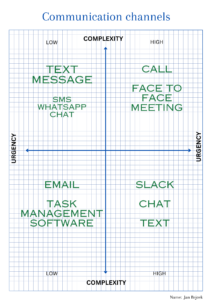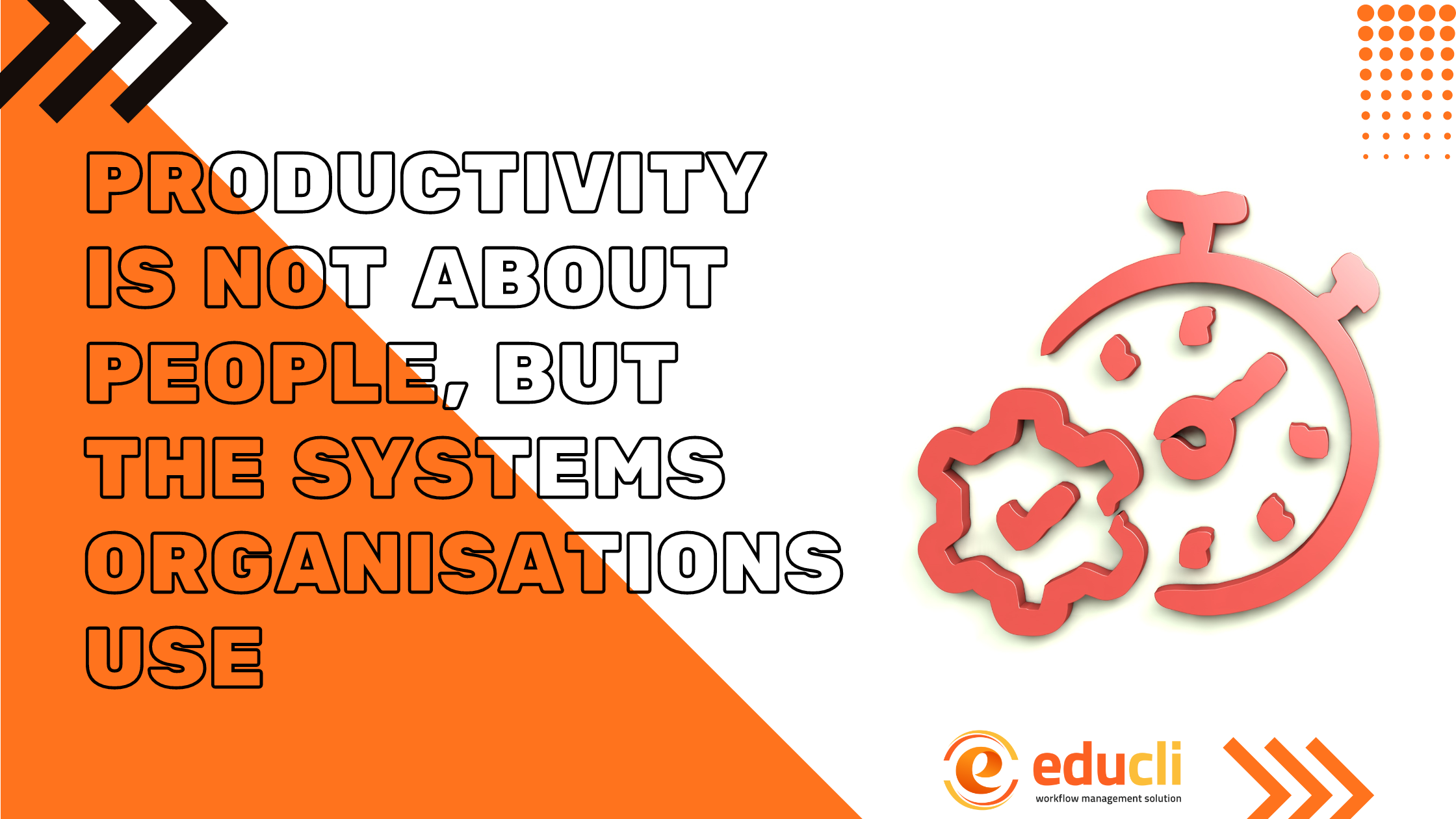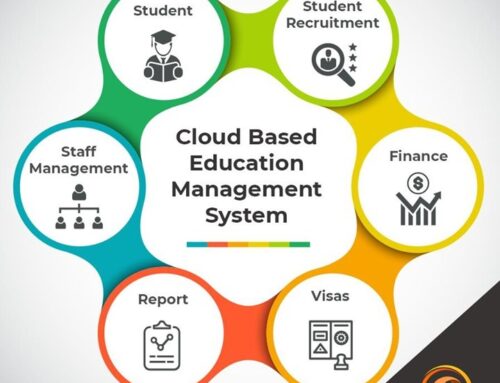Companies should always be looking for ways to improve the productivity of their employees, including their own internal productivity. It is all too common for this to result in some sort of time management training that is offered by an external company or the human resources department. These kinds of training typically cover the advantages and disadvantages of productivity strategies such as Monk Mode, the Pomodoro technique, the Eisenhower matrix, Getting Things Done, and a plethora of other methods that entice us with the promise of achieving maximum efficiency.
It is safe to say that these productivity hacks are not as effective as they could be given that people are still unable to concentrate on important priorities, are buried in email, and are overwhelmed by the amount of work they have to do.
Neither of these methods is flawed in terms of their inherent logic, the difficulty lies in the fact that they do not take into account the fact that the majority of people do not work in isolation. They work in complex organisations where people depend on each other, and often, these dependencies greatly affect how much work each person can do. Despite the fact that they may be an expert in email, they will never be able to handle all of the incoming communication because of the proliferation of email (not to mention instant messages, Twitter, LinkedIn, Slack, and countless other communication tools). In the same way, when the boss tells you to drop everything and handle something right away, your own system of deciding what’s urgent and important falls apart.
Most of the time, problems and chances to get better come from the system, not just one person. I believe that the best ways to boost productivity should focus on this too. The best solution for low productivity and wasting time needs to be applied to the whole system, not just to individuals. Personal fixes can help, but the real, most effective solution is at the system level.
This oversight is particularly glaring in an era where educators and administrative staff are inundated with communications across diverse platforms, from emails to instant messages and beyond, complicating their ability to prioritize and manage tasks effectively.
For a client, we established a communication protocol specifying which tool to use for different scenarios. This change had a significant positive impact, freeing them from constantly checking emails for urgent matters. They were able to concentrate on tasks needing deep focus, knowing that only text messages or phone calls required their immediate attention. The specific protocol they chose isn’t what mattered; the key was having a system in place.
Here is a list of steps your organisation can take to improve productivity:

Meetings
Think about adopting Amazon’s approach to meetings, where participants get a memo at the start and spend time reading it together. Within 30 minutes, everyone understands the issue and is ready to talk about it. This speeds up making decisions and, very importantly, boosts productivity by cutting down on random, scattered emails about different issues.
Make work visible
In an office, much of the work is hidden inside computers or in people’s minds, making it hard to see who is doing what or if someone is too busy for more tasks. Using physical or digital boards (like Trello, Monday or Asana) where each task is a card that shows who’s working on it and how far along they are helps share the workload more fairly. This also cuts down on endless emails checking on progress and reduces the need to talk about these updates in meetings.
Formal and informal communication channels
Companies can make work easier for people if they specified channels for urgent and non-urgent issues. With no agreement on what communication channel to use, workers are forced to check all digital messaging platforms to ensure that nothing slips through the cracks. Thats counterproductive and takes up too much employees time. Companies should specify which channels for which communication they use to ensure fast and productive communication.
Align responsibility with authority
Too often workers are made responsible for tasks but aren’t given the authority to deliver results. This misalignment leads to frustration, stress, and overburden. Allowing employees to make low-risk decisions on their own, and only requiring approvals for high-risk decisions.
The rule is simple: if an employee is responsible for an outcome, they should have the authority to make the necessary decisions, without being forced into an endless string of emails, meetings, or presentations. To make a real impact on performance, you have to work at the system level.
How does Educli help?
Educli is at the forefront of transforming productivity in the international education sector by focusing on systemic changes rather than individual shortcuts. With these broad solutions, Educli not only boosts productivity across the sector but also builds a culture of effectiveness and empowerment. By tackling the underlying issues of productivity at the system level, Educli establishes a new benchmark for educational organisations on optimising their processes. This ensures that staff and educators can focus their energies on the most important aspect: providing outstanding educational experiences.
#productivity #management #educli





Leave A Comment